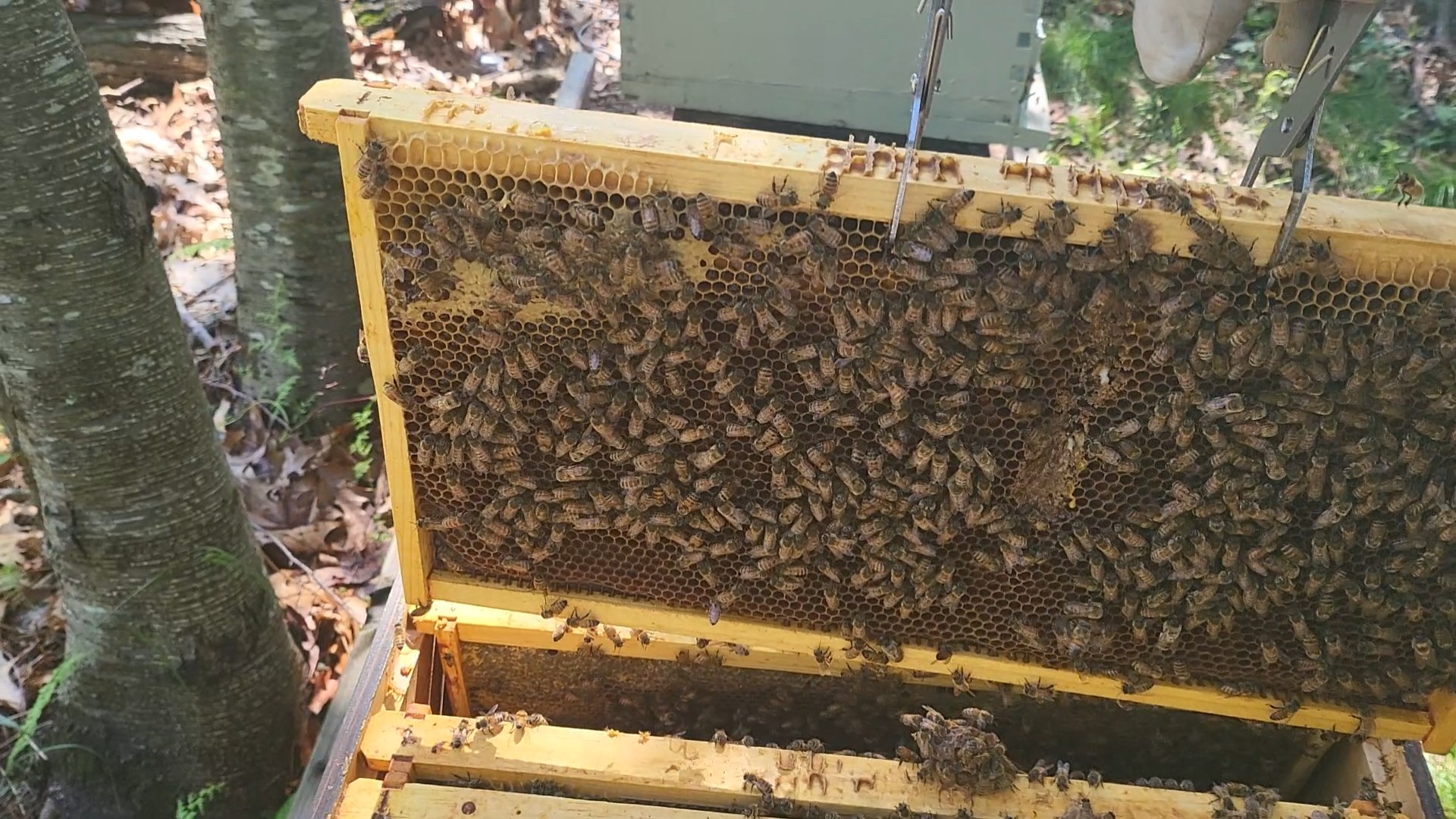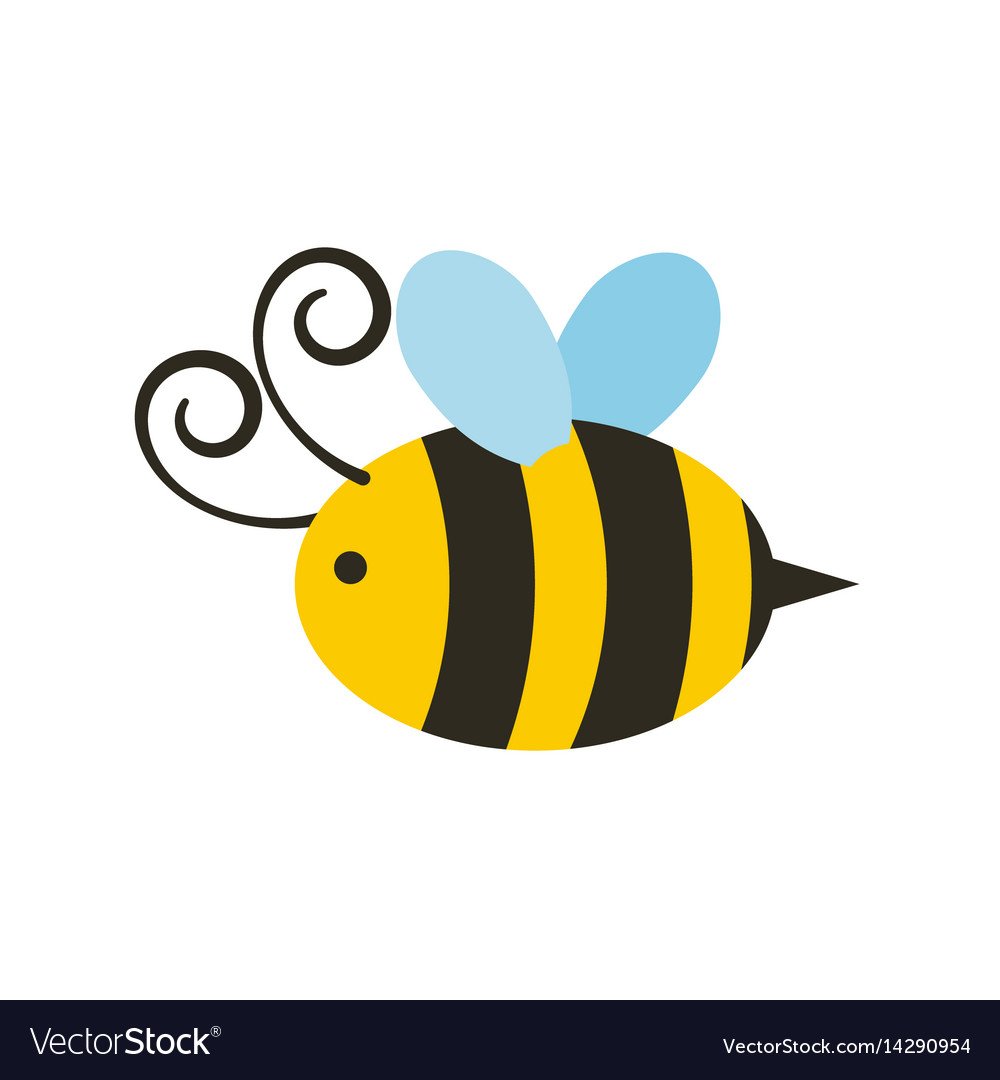Hello, I am a 10 year beekeeper and bee remover. I’ve taught hobbyists and removers the ins and outs of beekeeping for awhile now, and I’ve gotten to the point that I feel there’s very little that bees have left to teach me. I deal with a more southern climate, not much overwintering, and my bees are partly Africanized, like the local population. I can answer questions about hobbyist beekeeping as well as strategies for removal and relocation. Have a problem you can’t quite figure out? Bees being a bit mysterious to you? Having trouble with a particular hive? Want to know more about what gear or woodenware you’re working with? Hit me up here!
Idk if this one’s allowed, as it’s not about keeping, specifically.
As someone who lives in an apartment, and has no control over my outdoor environment, what can I do to help bees? I’m incredibly fascinated by them, and honestly would love to keep a hive, but it’s not in the cards right now.
Sorry for the delay. I can see three avenues for helping bees locally. 1) Very bee friendly plants on your porch if you have one. 2) Providing a steady water source for bees. This one I think is better as most people have no knowledge that bees require water especially in a heat wave. 3) Support local beekeepers by buying local honey, like from your particular region, county or city. I used to sell honey by zip code.
If you have a porch there are a number of plants that bloom ridiculously often or even continuously, African Blue Basil is a great example, blooms constantly and doesn’t produce seeds as it’s a sterile hybrid. Bees are insane over it.
Watering is a bit trickier. Getting bees to recognize and interact with a stable water source long term is difficult. Often they know of a leaky water hose or A/C unit to draw water from. I’ve had success getting bees attracted to a water source by adding just one or two drops of lemongrass oil to freshly poured water. The lemongrass is a natural attractant and then they find the water, and tell the hive. Do this on really hot days for a best chance at attracting them. You can do this anywhere, just sneak a bowl or container around the grounds of your apartment building or get tricky and hang something from a window. If you have a porch then you are set. DON"T LET IT DRY OUT! They won’t return once they have figured out another source. Consistency is best.
Buying honey from local beeks is an obvious and easy way to help.
Hope that helps!
Put bee hotels in places you have access to.
Where does a total beginner begin? How can I start cheaply?
Did an inspection today because it was time to remove the mite treatment.
I have a new hive this year. My original hive has so much more capped brood than my new one. The new one has hardly any at all.
Should I be concerned? Should I do anything?


Irregular brood pattern, not shotgun. New queens need some time to develop those beautiful concentric laying patterns. I don’t see any pathology other than some shiny white spot in empty cells that could be varroa poop. Look deep in those cells that aren’t capped yet to check for brood health, if it looks cloudy, off-color (greenish) then you might be seeing the beginnings of European Foulbrood, but I’m not seeing it. Only three perforated caps, which is in the realm of normal. I’d let it roll but keep doing weekly inspections on this one, study the signs and symptoms of European Foulbrood and Varroa overload, just to keep you informed. Where are you located?


